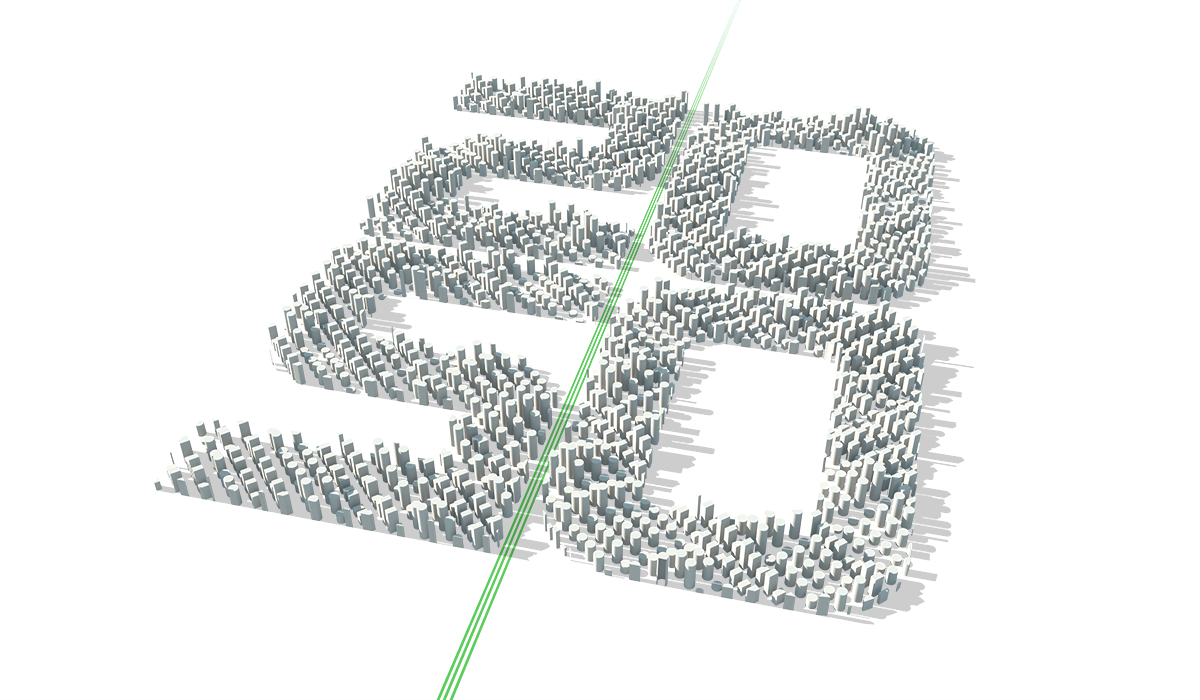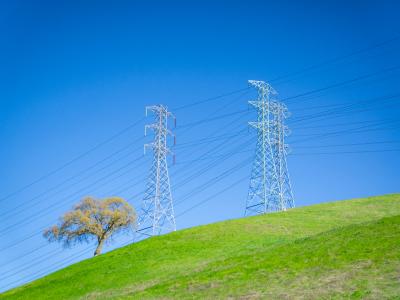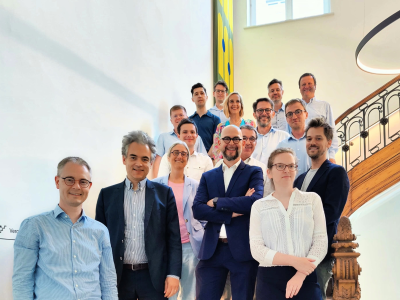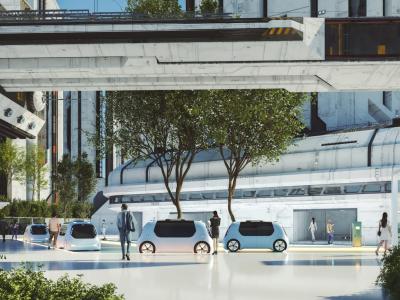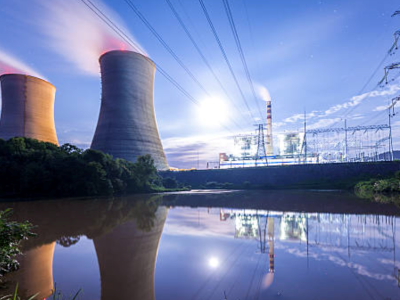There might be different roads leading to a climate neutral Belgium, but the window of opportunity to walk any of them is narrow.
This is the overall conclusion our EnergyVille experts came to after hours and hours of theorising, analysing and modelling – all to find out what it would take to get to a climate neutral Belgium by 2050.
How did we reach this conclusion?
By developing the TIMES-Be model* – a model which calculates different net-zero emissions scenarios based on the evolution of technical and economic parameters, and searches for the most cost-effective solution to meet the demand for energy services from today, all the way up to 2050.
In other words: what we have done is gather all the data and run our model, so all you now have to do is gather your thoughts based on our scenario results.
*Interested to read more on our TIMES-Be model? Navigate to the bottom of our Key Takeaways page and discover all about it.


